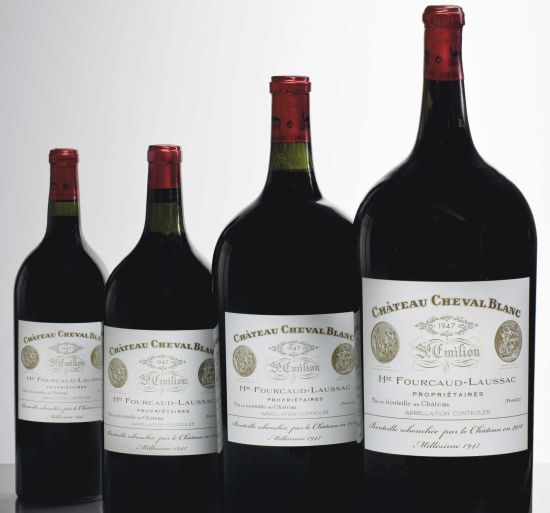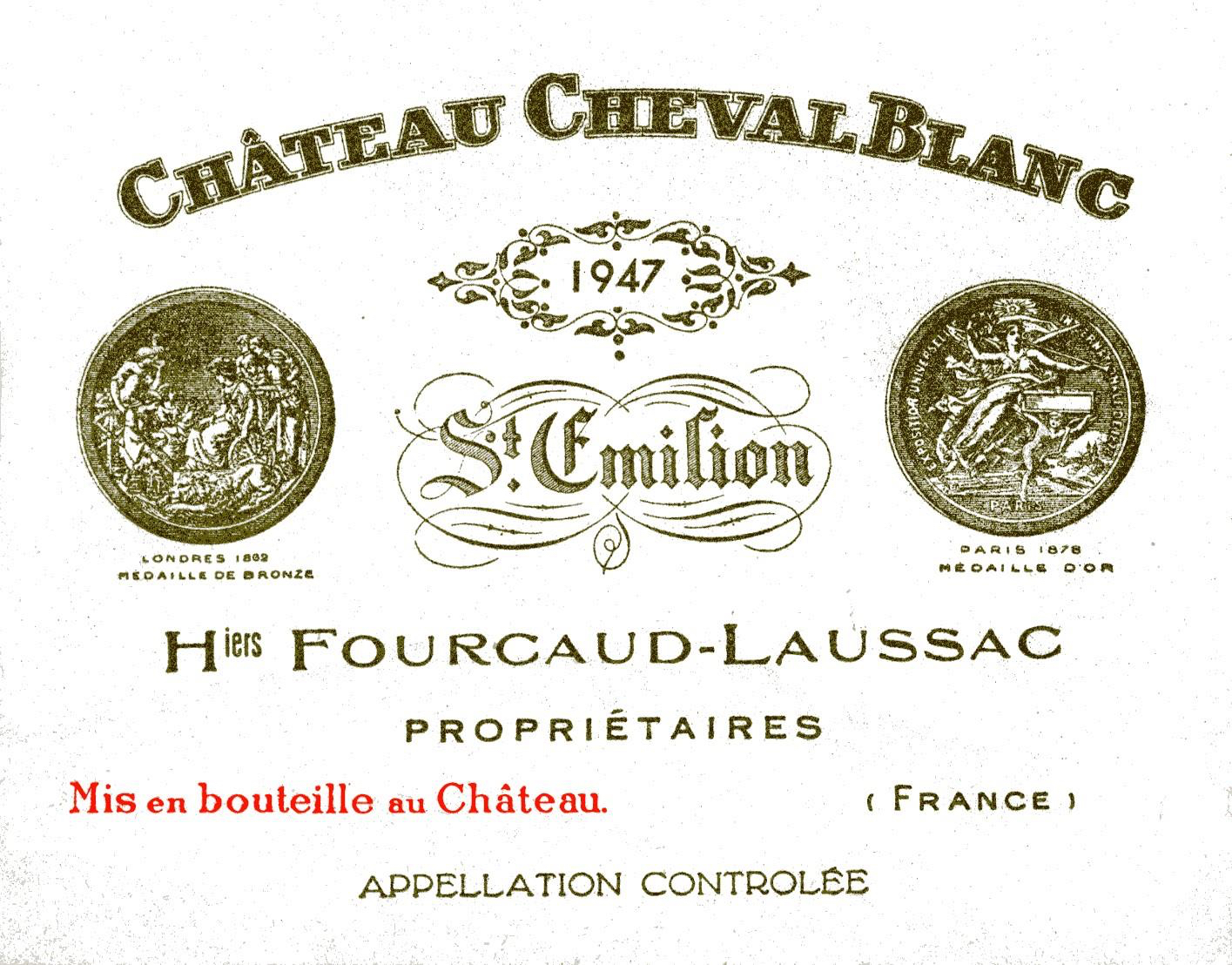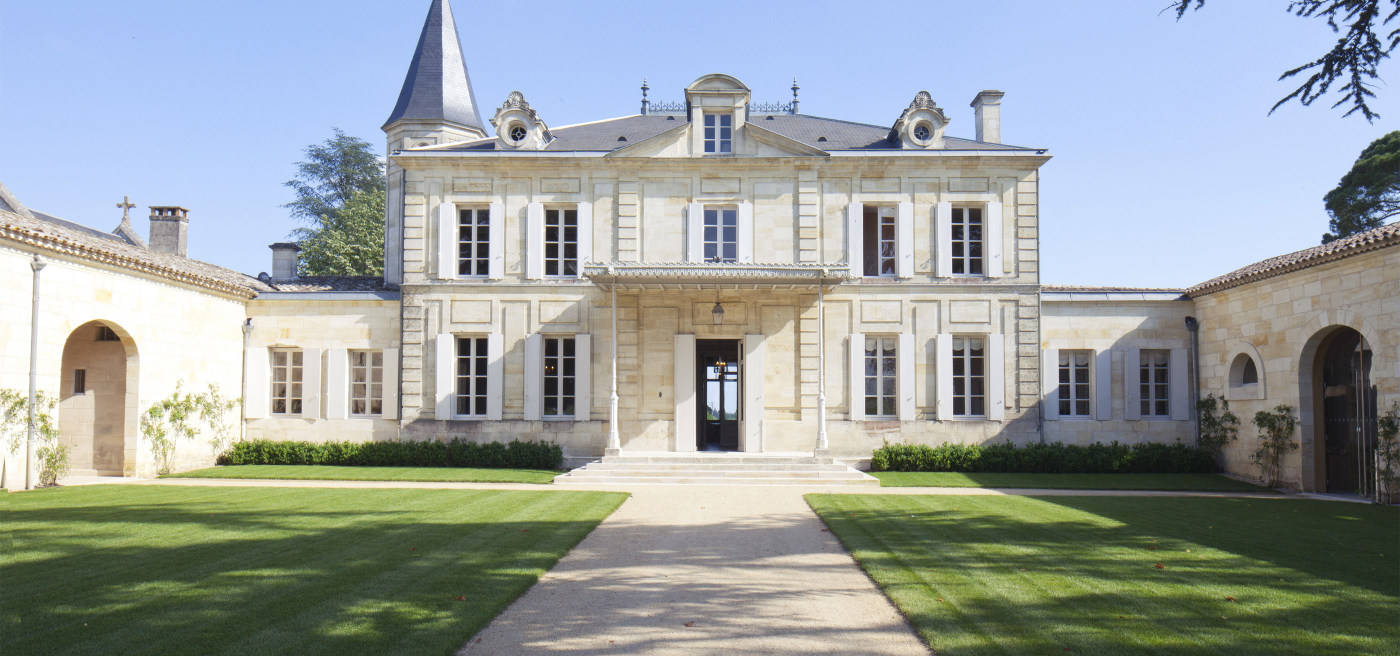By Nikki Goddard –
For most people, splurging on a bottle of wine would mean spending fifty, maybe one hundred dollars. However, when it comes to the finest and rarest wines in the world, collectors are willing to pay exponentially higher prices for the opportunity to taste vinous bliss. There are a number of factors that ordinarily go into the cost of wine’including vineyard land, labor, winery equipment, packaging, and more’but at a certain point with high-quality wines, the conversation changes to sheer supply and demand. Of course, as any great wine ages, the supply begins to dwindle, causing demand to spike, especially with wines from outstanding vintages.
By this logic, one would expect the most expensive bottle of wine ever sold to be the product of the most exalted vintage in history, but the reality is quite disparate. The late summer and early autumn of 1947 were oppressively hot in Bordeaux, and throughout the region grapes skyrocketed past physiological ripeness all the way to roasting on the vine. Without temperature-controlled cellars in these conditions, yeast cells feverishly worked to complete fermentation, often to no avail. Some producers even opted to dump ice into their fermentation vessels, preferring a dilute wine over a completely undrinkable one as the lesser of two evils. Such were the post-war years when Bordeaux harvests were restarting in a somewhat stuttering manner after the miracle year of 1945.
For Saint-Émilion’s Château Cheval Blanc (a blend of 55% Merlot and 45% Cabernet Franc), no such intervention took place, and few could have predicted the astonishing reward that resulted from this decision. On paper, the wine was a disaster. A stuck fermentation took place, leaving behind high levels of alcohol (14.4%), residual sugar, and volatile acidity. Somehow, however, it tasted phenomenal. The wine garnered high praise in its youth and now, seventy years later, it shows no signs of slowing down. Wine critic Robert Parker gave it a coveted 100-point score in 1994, remarking that it more closely resembled a Port than a typical table wine (a common observation). It remains something of a “holy grail” wine for collectors’especially as it becomes increasingly difficult to obtain over time’which means some are willing to pay quite the premium for it. Jancis Robinson has also called this Cheval Blanc 1947 vintage as her “last chosen wine on earth”.

The sole Imperial (6-liter) bottle known to exist of this wine was sold in a Christie’s auction to a private collector in Geneva in 2010 for $304,375, the highest price in the history of wine (save for a 1992 Screaming Eagle that went for a cool five million at wine auction inflated pricing due to bidding, but which was donated to charity). The large format, favored by collectors, allows for a lower ratio of oxygen to wine inside the bottle, resulting in a wine that develops slower and with more complexity than in smaller bottles. To think that this truly legendary bottle was nearly discounted as a flawed wine from a regrettable vintage is astonishing considering its staggering value. Pierre Lurton, present-day director of the château, describes the wine as an “accident of nature.” Considering this record-breaking sale, it seems safe to conclude that this was perhaps the most lucrative accident of all time.
Chateau Cheval Blanc, St. Emilion


